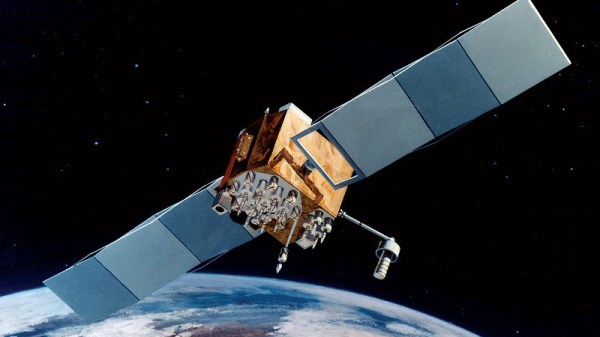There’s a saying in mine country, the kind that sometimes shows up on bumper stickers: “If it can’t be grown, it has to be mined.” Before mining can ever start, though, there has to be ore in the ground. In the last edition of this series, we learned what counts as ore (anything that can be economically mined) and talked about the ways magma can form ore bodies. The so-called magmatic processes are responsible for only a minority of the mines working today. Much more important, from an economic point of view, are the so-called “hydrothermal” processes.

Image: “Gyser Yellowstone” by amanderson2, CC BY 2.0
When you hear the word “hydrothermal” you probably think of hot water; in the context of geology, that might conjure images of Yellowstone and regions like it : Old Faithful geysers and steaming hot springs. Those hot springs might have a role to play in certain processes, but most of the time when a geologist talks about a “hydrothermal fluid” it’s a lot hotter than that.
Is there a point on the phase diagram that we stop calling it water? We’re edging into supercritical fluid territory, here. The fluids in question can be hundreds of degrees centigrade, and can carry things like silica (SiO2) and a metal more famous for not dissolving: gold. Perhaps that’s why we prefer to talk about a “fluid” instead of “water”. It certainly would not behave like water on surface; on the surface it would be superheated steam. Pressure is a wonderful thing.
Let’s return to where we left off last time, into a magma chamber deep underground. Magma isn’t just molten rock– it also contains small amounts of dissolved gasses, like CO2 and H2O. If magma cools quickly, the water gets trapped inside the matrix of the new rock, or even inside the crystal structure of certain minerals. If it cools slowly, however? You can get a hydrothermal fluid within the magma chamber.
Continue reading “Ore Formation Processes, Part Two: Hydrothermal Boogaloo”

















